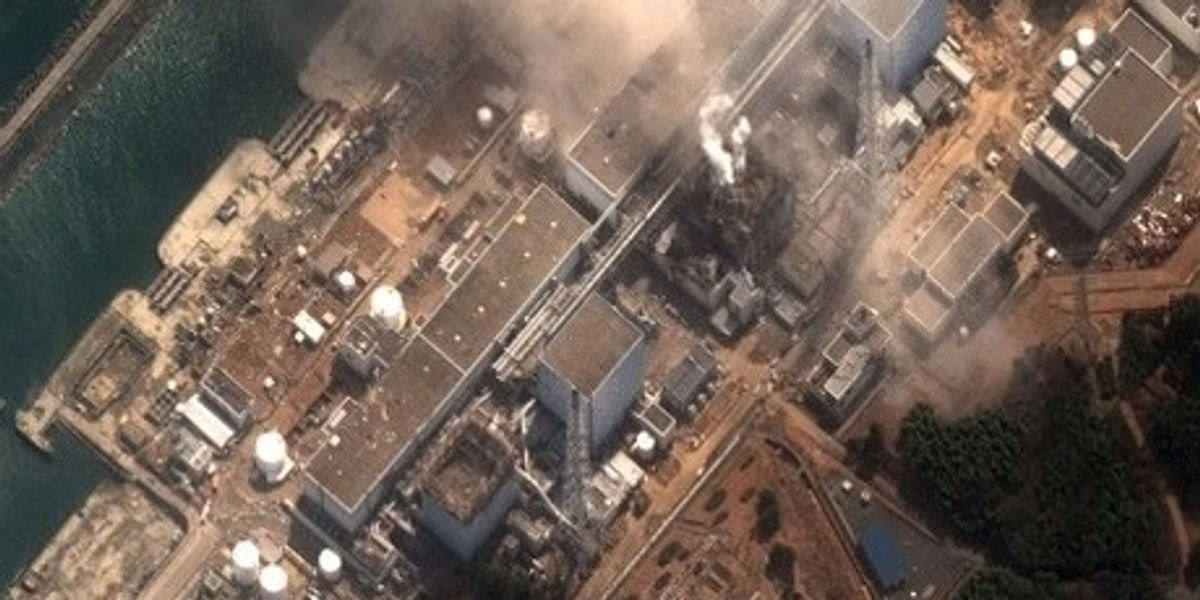Editor's Note: This is part of IEEE Spectrum's ongoing coverage of Japan's earthquake and nuclear emergency.
With the onset of Japan's nuclear emergency, observers were quick to recall that the Fukishima Daiichi plant owner and operator, Tepco, had to fire all its top management in 2003 when regulators discovered the company had been filing falsified safety reports for years. The conduct of the supposedly reformed utility leading up to and during the current crisis has done nothing to refurbish its image.
The Wall Street Journal reported today that Daiichi had one of the worst safety records of all large nuclear power plants in Japan. Tepco officials attribute the poor record to the age of the plant, specifically the high rate of worker injuries, which they blame on the plant's higher repair rate. According to the report, written by the Journal's superb Rebecca Smith with Ben Casselman and Mitsuru Obe, a Tepco official said that the company, in making frequent repairs, "aimed to give old plants the same functionality as new plants. However, in reality it is quite difficult."
Today, top Tepco management held a press conference and ritually apologized to the Japanese public and those who have been risking their lives, trying to get the Daiichi reactors and spent fuel cooling pools under control. The pools are now said to be refilled, thanks to the efforts of the elite Hyper Rescue Squad, from Tokyo.
The Journal says that the Japanese practice of temporarily storing new fuel loads in spent fuel ponds during routine maintenance has long been controversial in the industry. The fresh fuel loads are considerably more radioactive and hot than spent fuel assemblies, and therefore represent a much higher risk if water cooling is lost. The pool in which assemblies caught fire last week, resulting in an explosion, contained fresh fuel assemblies.
It appears--and to far there's been no evidence I know of to contradict this impression--that the plant technicians and Tepco management were so preoccupied with getting the damaged and melting reactors back under control, they simply forgot about the fuel cooling ponds. I would attribute this--having here too seen no evidence to contradict my impressions--to the failure of Tepco management and Japan's nuclear regulators to immediately set up an emergency command center at Fukishima, to direct all operations. Had such a center existed (assuming it did not), the acute dangers posed by the cooling ponds would not have been overlooked.
Criticisms of Tepco's and regulators' conduct does not end there. Contrary to general impressions in the first days of the accident, when the reactors were flooded with sea water in a desperate attempt to cool them, this was not merely a "Hail Mary" pass. Sea water cooling is foreseen in General Electric emergency management literature, according to an expert quoted in a New York Times report last week. Tepco is being widely criticized for not having flooded the reactors with sea water much sooner. Evidently they hesitated, knowing the measure would ruin the reactors forever.
Instead what likely will be ruined for ever is the immediate environment of the plant--and the situation, with winds shifting in the direction of Tokyo and the reactors not under control, still could get much worse than that. Given Japan's high reputation for technical competence, commentators like Anna Applebaum are naturally asking whether, if the Japanese can't do nuclear right, can anybody? Actually, despite Japan's unhappy history with the atom and the country's nuclear phobia, nuclear management appears to have been an area of singular national incompetence.




